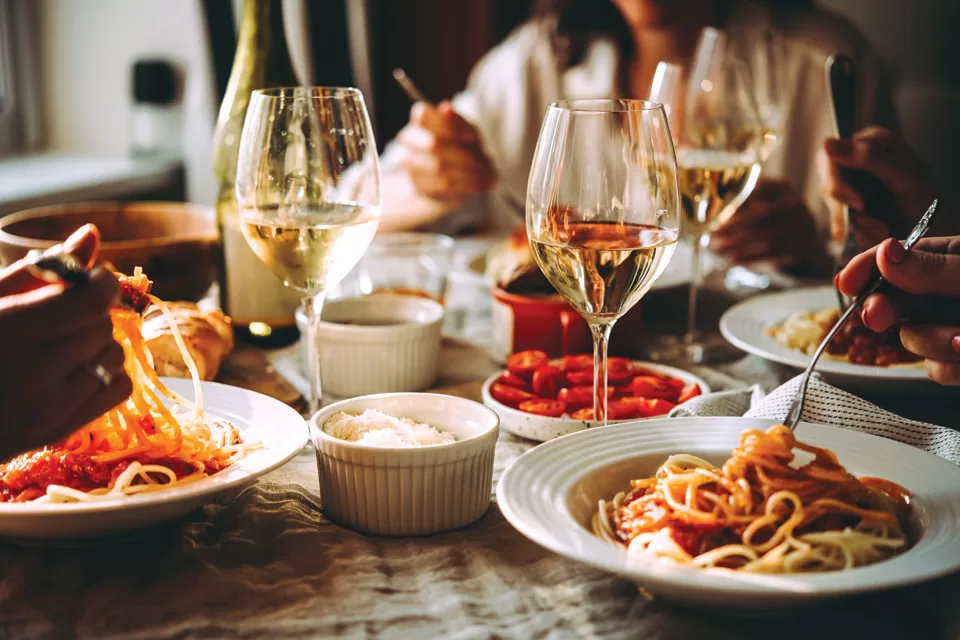
I’m sure the first reaction of readers of this story is where does the writer get the license to grade restaurants. My two responses are that I am older and that most of my senior years have found me in a restaurant at least once a day. Big ones, small ones and everything in between. I have pretty much seen it all and have my own opinions based on actual life experiences.
To me, the most important component of a good restaurant is the quality of the food, especially in times when prices are rising and the temptation is strong to reduce quality to preserve desired profit margins. My interest in such restaurants begins to wane if this decision continues for any length of time.
Even if the quality of the food is suspicious, the atmosphere of a restaurant’s space and finishes can attract me to visit it on a regular basis. Most restaurant spaces are basic and not terribly interesting. If one delivers something special, however, it can win me over several times a year.
Of equal importance is service. Again, in an effort to maintain profit margins, many restaurants reduce staff even during their busiest times hoping that the quality of food and atmosphere will enable patrons to overlook the delays and mistakes in service. That I cannot do. Not having to be constantly looking for my server enables me to enjoy the food and have a relaxing lunch or evening out.
Pricing only becomes a problem for me when the prices for principal food items like steaks remain stable but everything else that use to accompany the meat becomes a` la carte. If I have to pay additional amounts for side dishes like potatoes and vegetables, my natural reaction is that prices have risen, no matter how the restaurant labels it. When that occurs, I have to think twice about return visits not just based on increased pricing but also the honesty of the approach.
Then there are a few things that don’t impact my selection process very much at all. One is the quantity of food included in the menu items. I guess the amount of my usual consumption has declined over time so a little more or less food doesn’t impress me one way or another.
Another factor that seems to be of central concern to many diners is the spacing of tables. The closer the tables are, the more the restaurant can set-up to feed the maximum number of customers. But to some of those customers, that makes for a noisier room and little confidentiality in conversations that can be overheard by many at surrounding tables. I rarely have conversations requiring several feet of confidentiality between tables, but if I were that nervous about what was being said I might change my mind; but for now, that is not a concern of mine in selecting a dining spot.
Finally, I become a bit paranoid about the temperature setting in a restaurant if the main doors, or several windows, are open presumably to save air conditioning costs. If a business is willing to resort to little cost-saving measures like that, what else might they do to preserve or improve profits?
So that is how I compare restaurants when my wife and I are selecting a place to dine. If you boil the various considerations down to one decision maker or breaker it is the quality of the food. If we can enjoy the food and not have people falling all over us during the meal we are happy diners.
